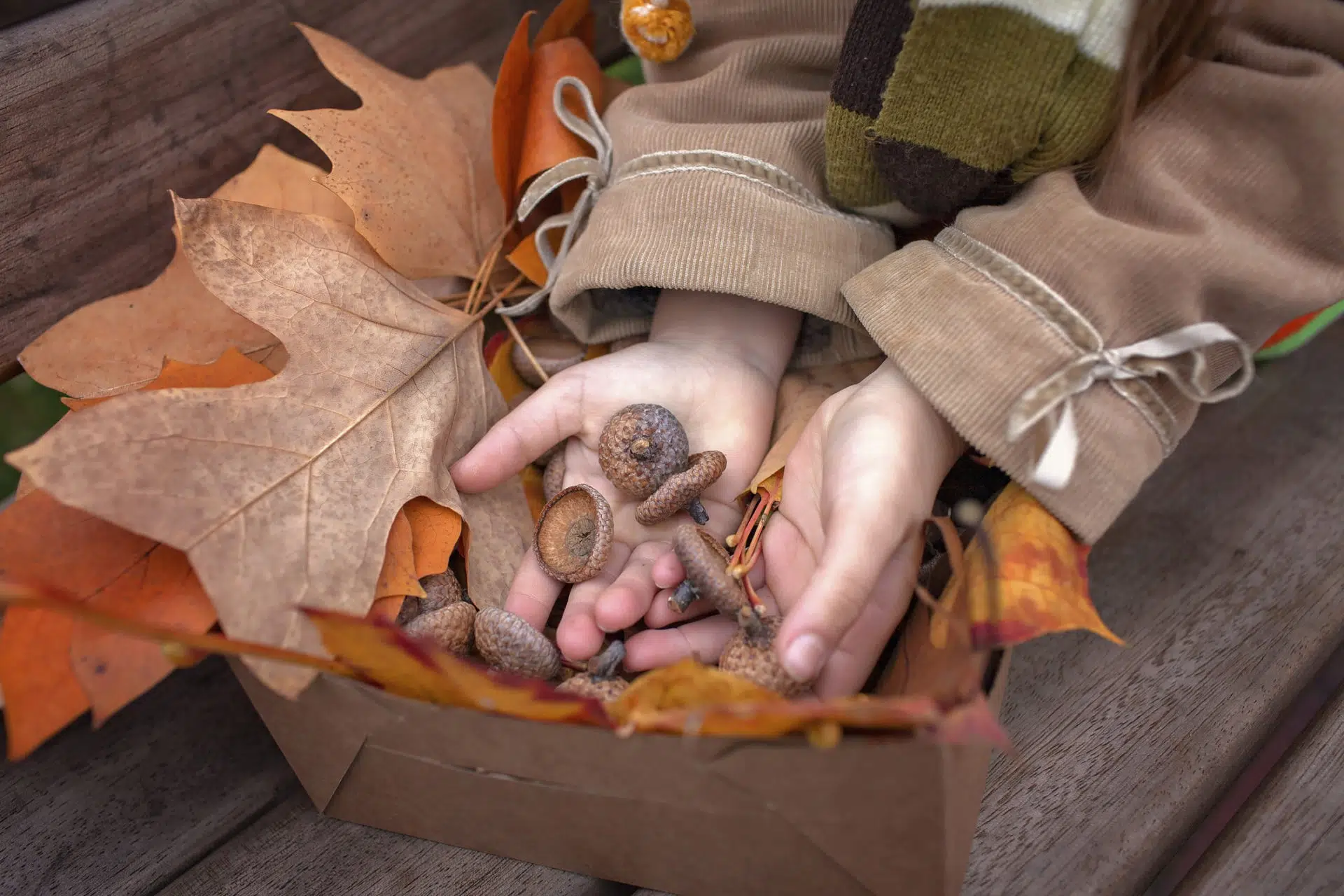Leaf Trail
Cleveland Botanical Garden

This October, learn to appreciate the beauty of fall color by learning about leaf and tree identification at the Botanical Garden! Pick up a brochure and follow the Leaf Trail, an autumn leaf identification activity that teaches you how to identify the trees around you, as well as the 10 deciduous trees, including sugar maple, pawpaw, and river birch, marked with numbered tags on the grounds.

Platanus x acerifolia – A close relative of the native tree American sycamore evident by the mosaic of green, gray, brown and white patches on it’s bark and leaf shape.
Magnolia virginiana – Native to Eastern North America, the leaves, twigs, and spring-blooming flowers of this tree are aromatic. The bright red seeds support birds and other wildlife in the fall.
Acer saccharum – A major component of northeast Ohio forests, sap is collected and boiled to make maple syrup; it takes 40 gallons of sap to make one gallon of maple syrup.
Fagus grandifolia – A tree with smooth gray bark; cigar-shaped buds; three-sided beech nuts form in pairs in a prickly burr.
Betula nigra – Light cinnamon very thin, exfoliating bark; well suited to wet areas; borer resistant.
Quercus rubra – Large and rapidly growing, the bitter tasting acorns are not favored by squirrels.
Aesculus pavia – Red flowers bloom in the spring. Pollinators such as Ruby-throated hummingbirds visit the flowers and drink their sweet nectar.
Asimina triloba – Drooping, yellow, fall foliage with edible fruit that tastes like a banana.
Native to Ohio
Metasequoia glyptostroboides – A deciduous conifer thought to be extinct until a few specimens were discovered in China in 1941. Now heavily propagated and commonly found in the nursery industry.
Cercidiphyllum japonicum ‘Morioka Weeping’ – Rare weeping form of this species. Simple leaf with bright yellow and apricot fall color. Leaves smell like burnt sugar on sunny fall days.
Leaf Trail Rules
- Collect only on the designated trail, from marked trees or groups of trees. If possible, collect from leaves that have already fallen.
- Make only one leaf collection per group/family.
- There are 10 deciduous trees (trees that lose their leaves) marked with numbered tags and flagging tape.
- Use the map in this brochure and the trail markers to guide yourself along the trail.
- This is an easy trail and the approximate walking and collecting time is about 45 minutes.
- In addition to taking in the splendor of the changing leaves outdoors, we invite you to check out the glasshouses and any current special exhibits during your visit.
Share a few of your identified leaves on social media and use the hashtag #holdenphotoshow
What characteristics helped you identify them?




